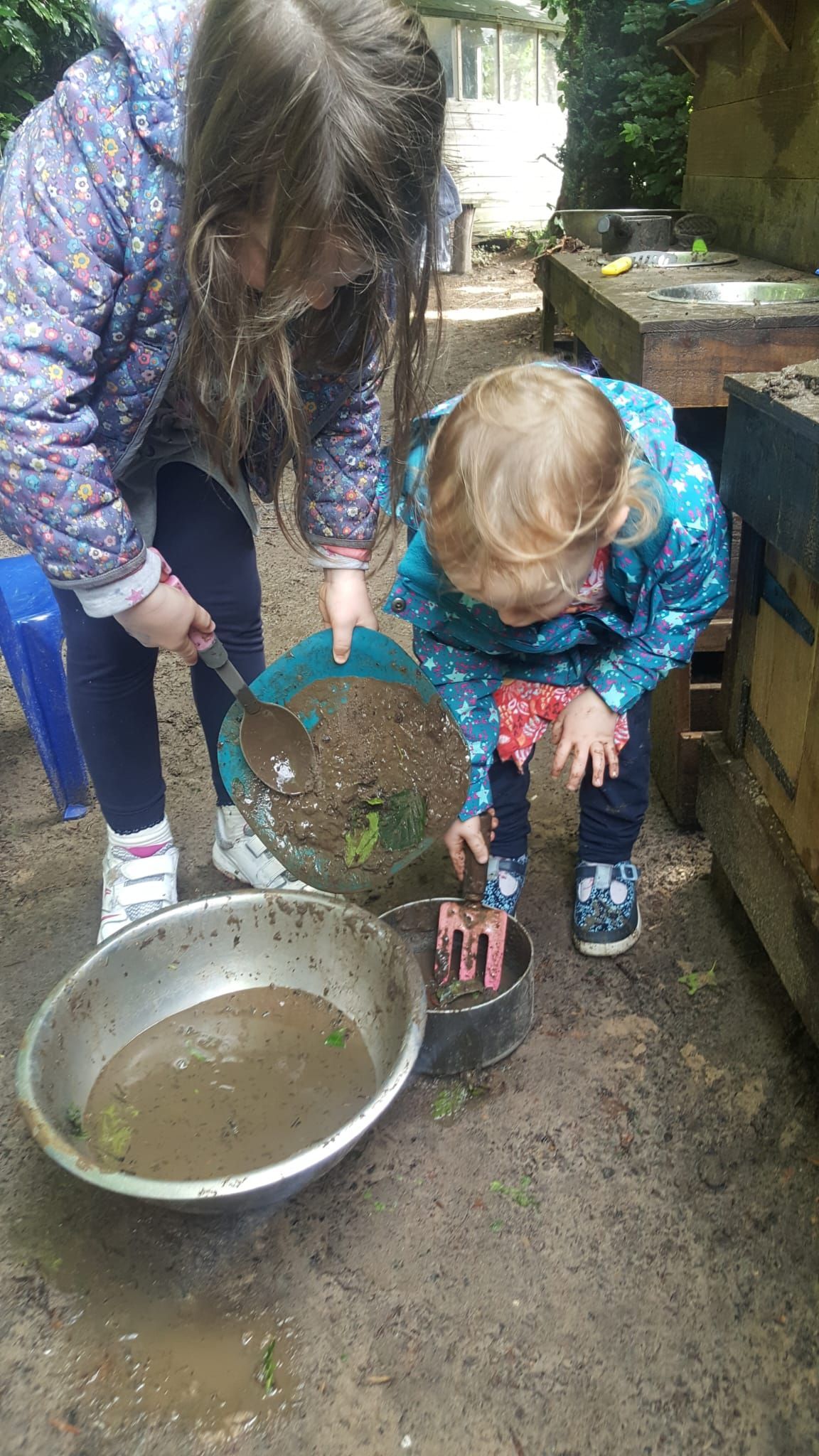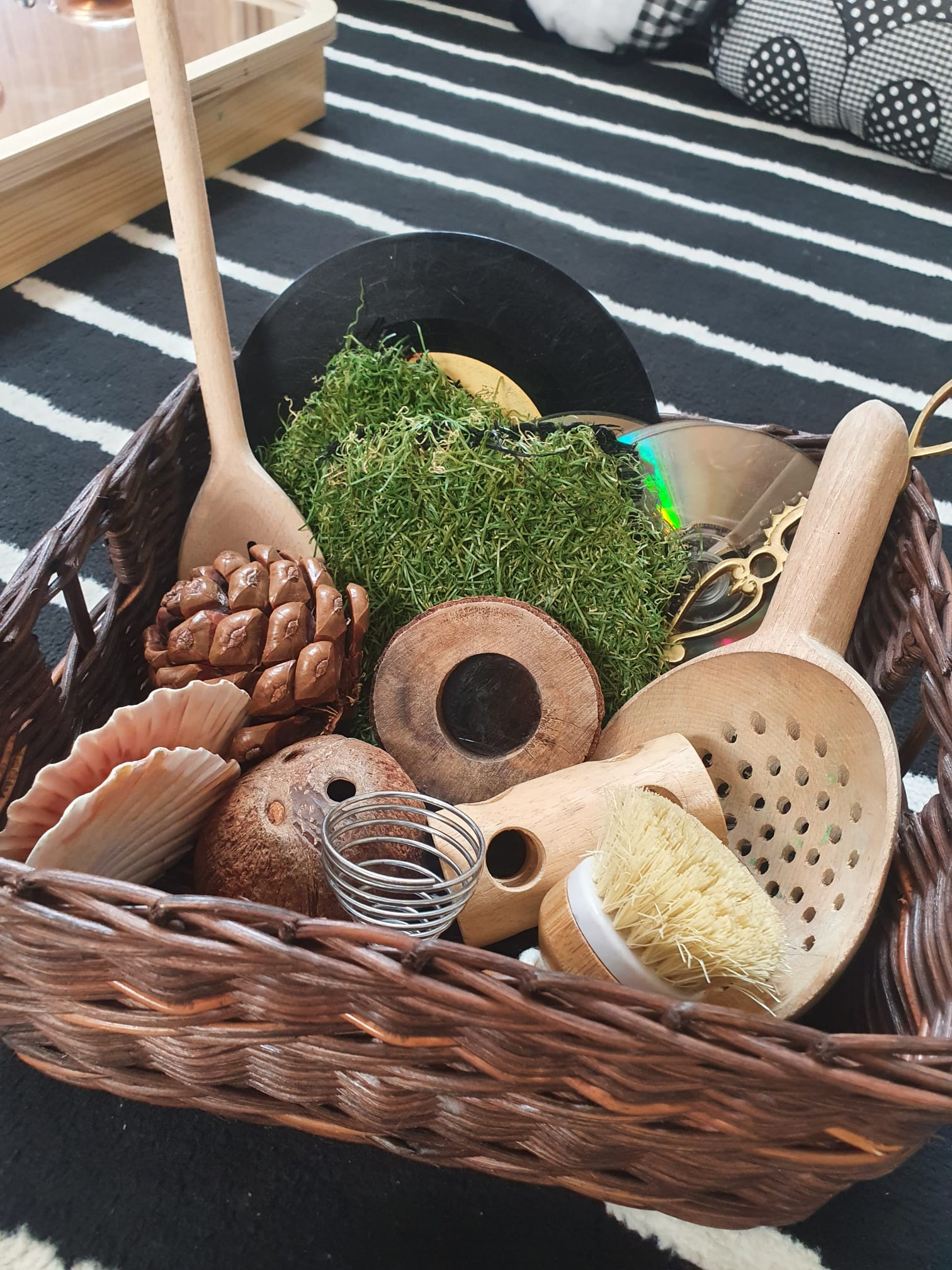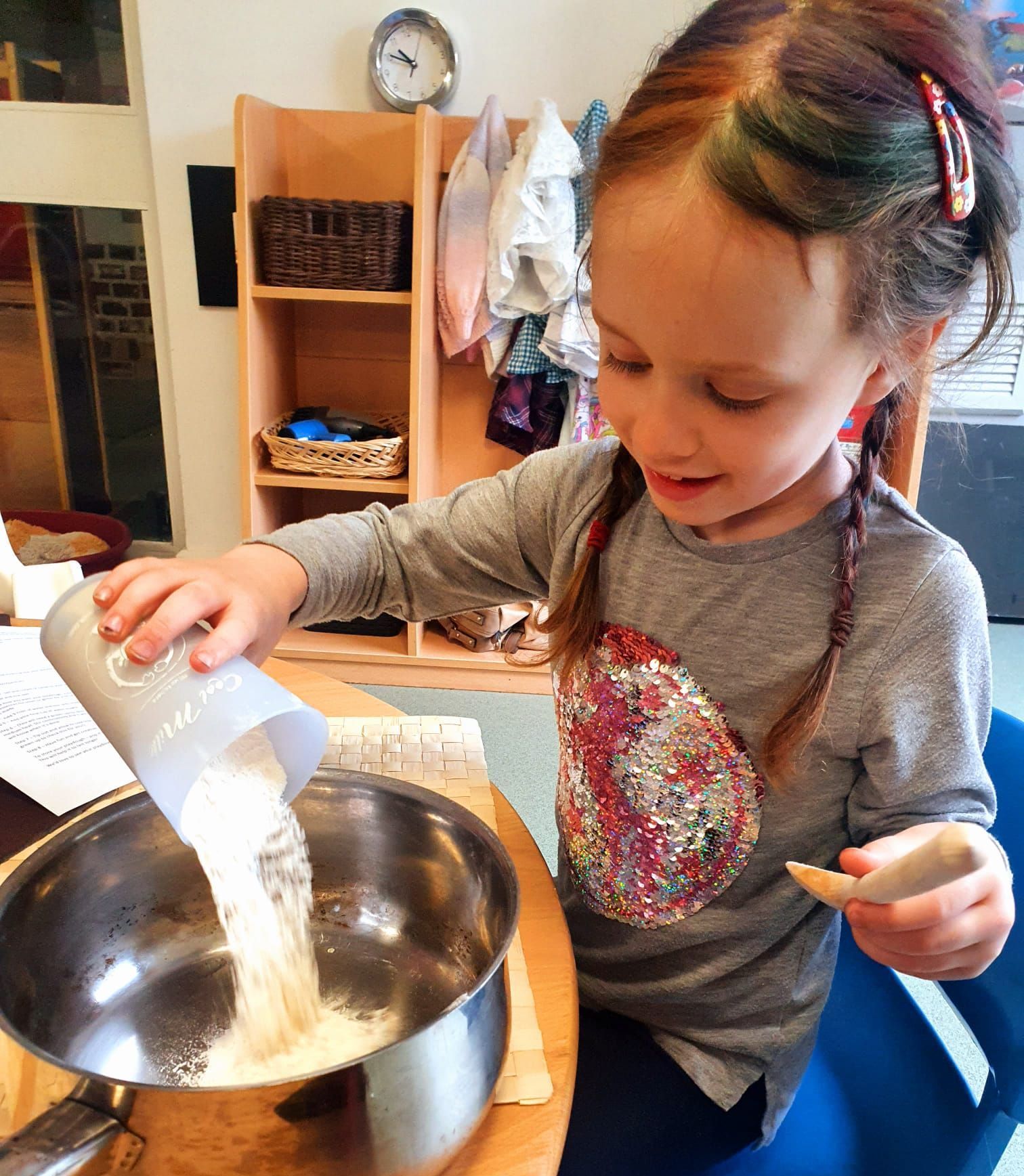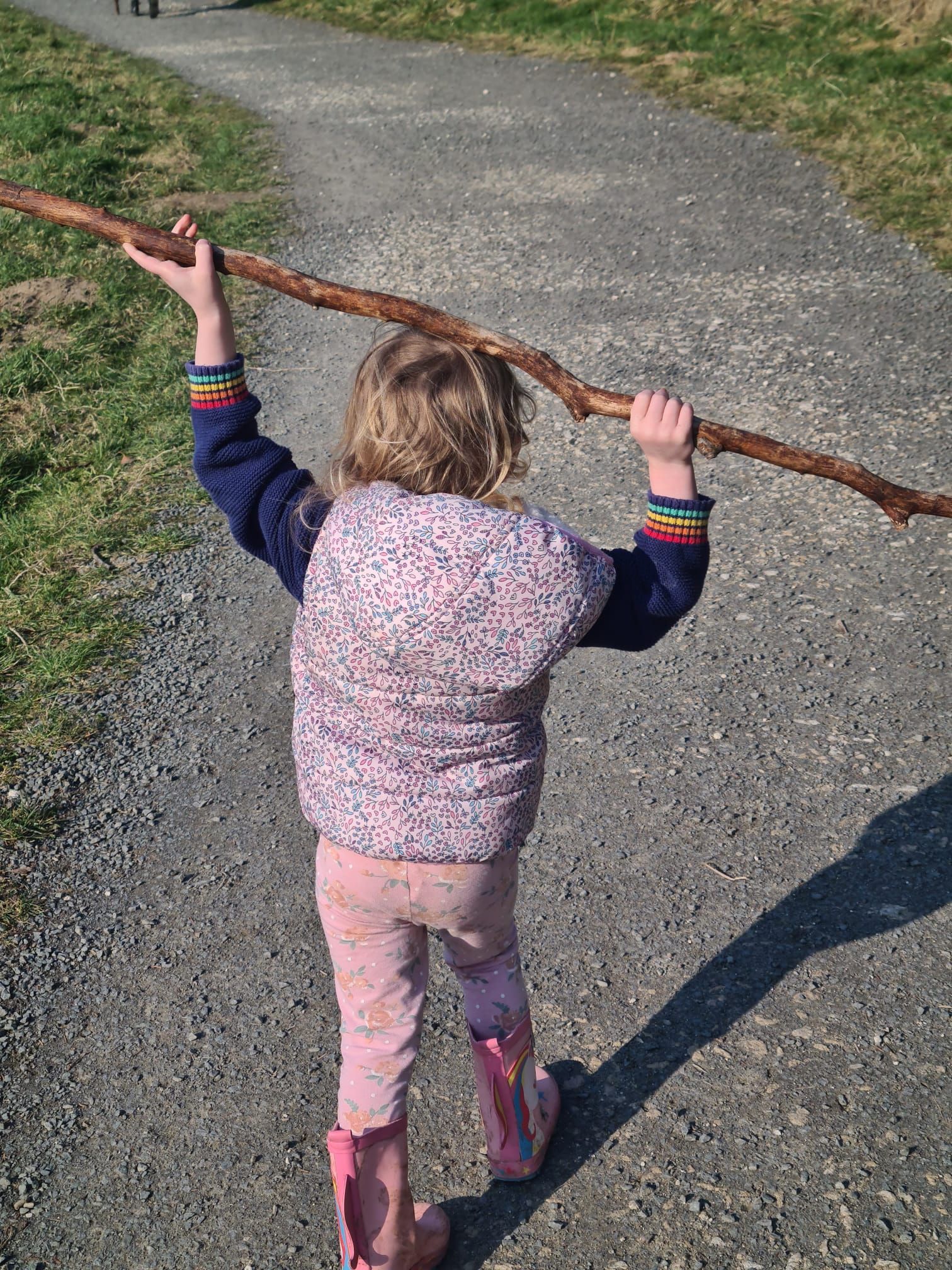Is Story Time for the Children - or for the Schedule?
I recently came across a statistic that genuinely made me pause and reflect: only 41% of parents of under 4s regularly read with their children at home. As Early Years professionals, that’s hard to read - especially when we know how critical those early reading experiences are for language development, emotional bonding and lifelong learning.
We know that part of what we do in Early Years settings is to offer experiences that children might not be getting at home. So, what can we do to support a love of reading and bridge that gap in our settings?
Let’s take a moment to reflect on how we use books in our environments, and how we might do more to foster a deep, meaningful connection between children and stories.
1. How Are We Using Books in Our Settings?
It's easy to fall into routines - story time at the end of a session, often with the whole group, just before tidy-up time or mealtimes. But when we do this, who is the story time really for? Are we reading to settle the group and make transitions easier for us, or are we truly focused on engaging children in the joy of storytelling?
Let’s ask ourselves honestly: is reading becoming a task to tick off or a moment of connection?
There is value in sharing stories as a whole group – that sense of community and connection. There’s not much better than sharing a funny story with a group of children and seeing how much they enjoy it and hearing how hilarious they find it (The Book with No Pictures by B.J. Novak is absolutely fantastic for this), but if that’s the only way we share books, and we’re not thinking about what books we’re sharing, how we share them and why, then we maybe to look at our Story Times and reflect how much they are benefitting the children.
2. Are We Creating Cosy, Personal Story Moments?
Some of the most powerful reading experiences happen in small groups or one-on-one, snuggled into a quiet corner with a book chosen by the child. These are the moments where real engagement happens - where we can respond to children's questions, follow their curiosity, and take our time.
Moments like this give us chance to take our time over a story, developing understanding and supporting language development.
I’m sure lots of us remember curling up with someone we have a great attachment with and reading a story – it might not be the story that sticks with us, but the engagement and the attachment.
3. Are We Sharing a Wide Variety of Books and Stories?
Representation matters. Children need to see themselves, their families and their communities in the books we read. They also benefit hugely from stories that show them other ways of life, different cultures, and new experiences.
A varied bookshelf includes:
- Picture books from different cultures
- Books featuring children with additional needs
- Stories with different family structures
- Non-fiction and poetry
- Wordless books that encourage imagination and storytelling
The more diverse the selection, the more children learn about themselves and the world.
Providing a wide range of different reading materials might encourage children to read who previously have not shown much interest. Having comics for example, provides opportunities for children to look at stories independently and start to understand the importance of pictures and understanding the story through these.
They may even start to use their imagination to make up their own stories based on the images. So opportunities for learning and enjoyment that go way beyond the physical books/comic etc themselves.
4. Do We Tell Stories as Well as Read Them?
Storytelling doesn’t have to come from a book. Telling stories from memory, sharing real-life anecdotes, or making up silly tales together helps develop language, sequencing and creativity.
Children also love telling their own stories. Could you offer a story basket, a puppet theatre or blank books where they can narrate and illustrate their own adventures?
Again, this doesn’t haven’t to be a big group activity – some educators will be expert at this but you may be less confident. So, take your story telling to the children, engage with them in their imaginative play and tell their story alongside them. This might be as far as it goes, or they may want to create their own book or pictures of their story!
5. Are Books Available in All Areas of the Setting?
Books don't need to live only in the reading corner. We can weave them into every area:
- Recipe books in the role play kitchen
- Nature guides in the garden
- Storybooks near the construction or small world area
- Emotion books in the wellbeing corner
When books are integrated into play, they become tools - not just an activity. Children learn that reading connects to everything they do.
Giving access to books in other areas can mean that children who tend not to choose to spend time in the Book Corner may still access books through their play. With adults nearby to support this, these books can still have as big an impact on how much children respect and enjoy books as sharing a story can.
6. Do We Use Books for Research and Discovery?
Children are full of questions - Why is the sky blue? How do caterpillars turn into butterflies? Using books to find answers builds critical thinking and shows that books are a source of knowledge.
Non-fiction books should be just as accessible and celebrated as picture books. Keep them in reach and use them during child-led inquiry.
We are so used to going straight to Google (other search engines are available!) these days to find our answers, but we can still encourage children to find the right book to find out what they want to know. Of course, it may take a bit more time, but how much learning can be done along they way!?
7. Are We Supporting Children’s Families to See the Importance of Books?
Many parents want to help but don’t always know how or feel confident enough. We can support them by:
- Sharing tips for reading at home during parent chats or newsletters
- Reassuring them that it’s not about perfection - just being present and sharing the moment matters
- Sharing some of the children’s favourite books
- Giving books as Christmas/leaving/birthday gifts
Helping adults understand the power of shared reading can have a huge impact, but also ensuring they have access to books at home – this may not be something which some families have and we need to find ways to support this.
8. Could a Lending Library Encourage Home Reading?
A simple, low-cost lending library could be the bridge between home and setting. Offer books to borrow and return, perhaps with a little bookmark or suggestion sheet inside with prompts for adults to ask their children as they read.
You may add story sacks in to your lending library, but remember that just a book is enough.
It doesn’t need to be fancy - just accessible and welcoming, and it sends the message home that books are to be loved and shared.
Final Thoughts
Book Corners and Story Times should be more than just a part of our Early Years environment or daily routine - they are invitations into imagination, windows into new worlds and opportunities to connect. In a time when not all children are getting those experiences at home, what we do in our settings really matters.
Let’s make sure we’re not just reading to children, but reading with them. Every story shared is a moment of magic and every book is a chance to make a difference.







